Originating in North America, Phlox are a popular choice for many gardeners due to their pleasant fragrance and stunning blooms, with beautifully contrasting deep green foliage. They are generally very hardy and long-lasting, making them the perfect option even for new and inexperienced gardening enthusiasts.
With a wide range of varieties and colors to choose from, Phlox will make a great and generally hardy addition to any garden display. Whether you are after thorough ground coverage or something tall and elegant, there is guaranteed to be something within the Phlox family that will suit your needs down to the ground.

They tend to thrive in well-lit areas of the garden with good soil drainage, where they can avoid the perils of powdery mildew. With a few simple considerations in mind, they are perfectly suited to areas like cottage and meadow gardens, borders and pollinator patches.
Varieties of Phlox
Though there are actually 67 varieties overall, the most commonly seen in gardens are Phlox paniculata, otherwise known as Garden Phlox, and Phlox subulata, or Creeping Phlox.
Phlox paniculata (Garden Phlox)
Phlox paniculata are a tall type and are an excellent option if you are looking for blooms that last a little longer than many other types of perennial plant. Some of the most popular varieties of Phlox paniculata include “David”, a hardy and fragrant type favored for its excellent resistance to powdery mildew, and “Blue Paradise”, which boasts striking dark green leaves contrasted with delicate pastel blue flowers.
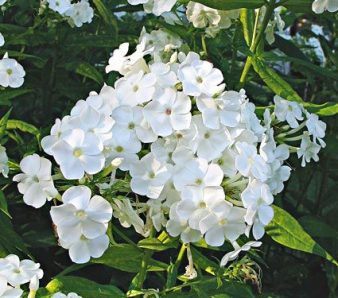
Phlox subulata (Creeping Phlox)
Phlox subulata are pretty much the polar opposite of Phlox paniculata. These varieties stay close to the ground (hence the name “Creeping Phlox”) and are an excellent option for a vibrant carpet of ground coverage. “Scarlet Flame” is perhaps the most well-loved type of Phlox subulata, making the perfect addition to rock gardens and wall features with its deep scarlet flowers.
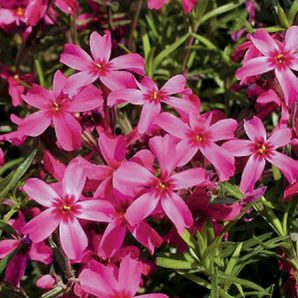
Where to Plant Phlox
Phlox are best planted in high quality and well-drained soil, preferably with additional compost or manure. These plants tend to do best in positions of full sun but should be ok in areas with a little bit of shade, too. Phlox subulata are an excellent solution if you are looking for dense, vibrant ground coverage. The tall and striking Phlox paniculata can grow up to 6ft tall and will look great at the edge of your garden, or as a bold and colorful centerpiece. Most varieties look best when planted in groups of five or seven and tend to go well with other perennials like Roses, Hollyhocks, Helenium and Lupins.

When do Phlox Bloom?
Although this differs slightly between varieties, Phlox generally bloom between July and September. By combining a few varieties in your garden, you can guarantee a gorgeous display of color all summer long.
How to Grow Phlox Well
Water
Phlox are best watered in the mornings, allowing them to dry out before nightfall to avoid powdery mildew from forming. For the same reason, you should also do your best to avoid getting water on the leaves. They do not like drought and should be watered well during dry spells or whenever you see the foliage wilting slightly.
Temperature
Phlox are pretty resilient and well-established plants can cope well with temperatures below freezing.
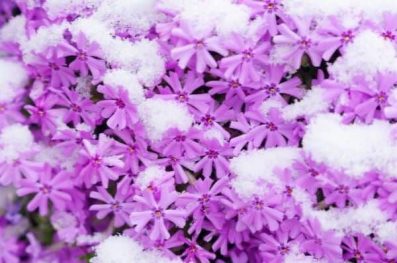
Fertilizer
With their easy-going nature, Phlox plants will do just fine with a little all-purpose fertilizer in early spring. Simply sprinkle a granular fertilizer around the base, following the instructions on the packaging. It may also be useful to add a couple of inches of compost to introduce extra nutrients to the soil.
Re-Potting
Though Phlox are not often grown in pots, with careful planning and consideration it is possible, and when done right they can make a lovely addition to your patio planter. Ensure the container you will use is well drained, large, and deep enough to accommodate the roots. When potting, it is important to invest in a high-quality potting compost to improve drainage, and it’s worth noting that it’s usually best to plant them in spring when the soil is moist and whether conditions are cool and calm.
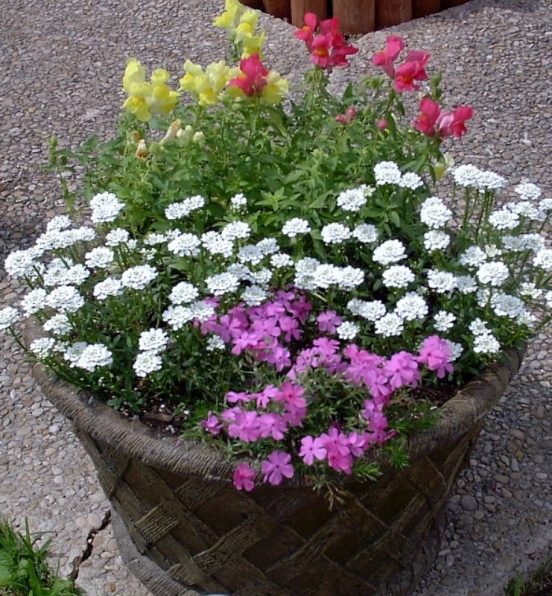
Diseases
Generally, Phlox are pretty hardy, however they can be prone to diseases like powdery mildew, stem canker and rust. Luckily, powdery mildew (probably the most common ailment) is fairly easy to prevent. When planting, make sure to leave adequate space between plants to enhance air circulation and avoid the build-up of excess water on and around the foliage. Cut back stems after flowering to reduce any spread of the disease. With so many varieties to offer, opting for a mildew resistant one such as “David” is certainly worth considering.
How to Propagate Phlox
Division or root cuttings are amongst the easiest ways to propagate a Phlox plant. Root cuttings should be taken in either early spring or in the winter around November. Be sure to only take root cuttings from healthy plants to avoid the spread of common diseases.
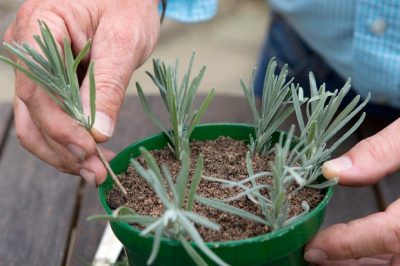
To successfully take a root cutting, dig up the plant carefully, wash off the soil and cut off 5cm lengths of healthy roots with a sterilized knife. Simply lay the cuttings flat in a seed tray on top of an equal mixture of potting compost and horticultural grit, before covering them shallowly with a high-quality compost. Keep your cuttings moist and move the tray to a position with plenty of light once you notice shoots emerging.
Do Phlox Need Pruning?
Pruning is an important element of care to avoid untidiness and disease. Make sure to deadhead the plant regularly to get rid of any damaged stems, encouraging fresh growth and keeping your plant looking happy and healthy throughout the summer months. In late fall, take some time to collect any fallen leaves and remove dead ones from the plant. This debris should not be added to a compost heap to avoid the reintroduction of diseases like eelworm and mildew in the following season.

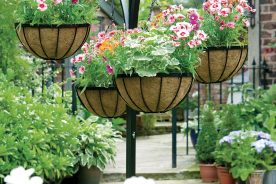

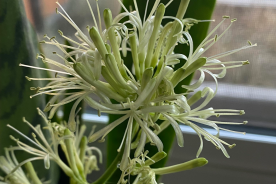

No Comments